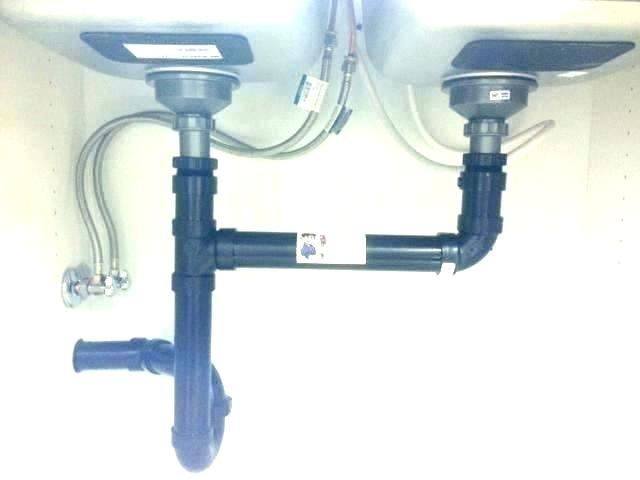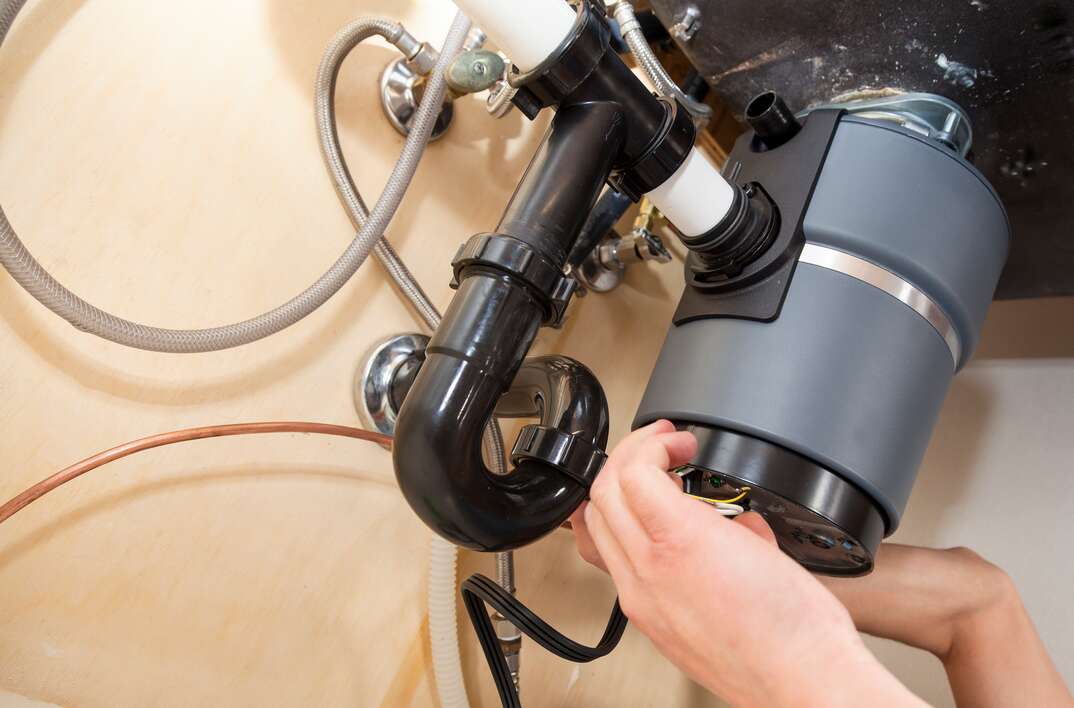Presented here in the next paragraph you can get lots of first-rate advice all about Tips on Fixing a Leaking Garbage Disposal.

Garbage disposals are important kitchen home appliances that help in dealing with food waste effectively. Nonetheless, a dripping waste disposal unit can be an irritating and untidy trouble to deal with. Luckily, several leaks can be fixed quickly with a few simple steps. In this write-up, we will certainly review exactly how to repair a leaking waste disposal unit properly.
Introduction
Waste disposal unit are set up under cooking area sinks and are designed to shred food waste right into smaller sized pieces, permitting it to go through the plumbing system quickly. While these devices are typically dependable, leaks can take place over time because of wear and tear, loose connections, or damage to the system.
Step-by-Step Overview to Repairing a Dripping Waste Disposal Unit
Switch off the Power
Before attempting any kind of repairs, guarantee that the power to the garbage disposal device is shut off to prevent the threat of electrical shock.
Find the Leakage
Recognize the precise location of the leakage and figure out the reason
Tighten up Links
Make use of a wrench to tighten up any type of loose connections in between the disposal system and the plumbing system.
Change Seals or Gaskets
If the leak results from worn seals or gaskets, get rid of the old elements and replace them with brand-new ones.
Patching Splits or Holes
For cracks or openings in the disposal device, usage epoxy or an appropriate patching product to seal the broken location.
Recognizing the Source of the Leakage
Prior to trying to take care of a leaking garbage disposal, it is essential to determine the source of the leakage. This can commonly be done with aesthetic evaluation or by conducting easy examinations.
Visual Inspection
Examine the waste disposal unit unit carefully for any kind of indicators of water leakage. Pay very close attention to locations around seals, gaskets, and link factors.
Checking for Leaks
One way to examine for leakages is by running water through the disposal device and looking for any type of visible signs of leakage.
Usual Reasons For Leaks in Trash Disposals
Worn Seals and Gaskets
Seals and gaskets play a crucial duty in avoiding water from dripping out of the waste disposal unit. In time, these components can deteriorate, leading to leaks around the disposal system.
Loose Links
The links in between the waste disposal unit and the plumbing system can end up being loosened with time, causing water to leak out during operation.
Fractures or Holes in the Disposal Unit
Physical damage to the garbage disposal, such as splits or holes in the housing, can likewise cause leaks.
Tools and Materials Needed for Taking Care Of a Dripping Waste Disposal Unit
Before starting the fixing procedure, collect the essential devices and products, including a screwdriver, adjustable wrench, plumbing's putty, substitute seals or gaskets, and epoxy or patching product for repairing cracks or holes.
Checking the Waste Disposal Unit After Repair
Once the repair service is complete, examine the waste disposal unit by running water through it to ensure that the leakage has been dealt with.
Preventive Maintenance Tips to Stay Clear Of Future Leakages
To prevent future leakages, it is essential to carry out routine maintenance on your garbage disposal. This consists of keeping it clean, avoiding putting non-food products or hard items down the disposal, and occasionally looking for leaks or other problems.
Verdict
Finally, dealing with a leaking garbage disposal is a reasonably straightforward procedure that can be completed with basic tools and materials. By following the steps outlined in this post and exercising precautionary maintenance, you can maintain your waste disposal unit in good working condition and prevent expensive repair services in the future.
HERE’S HOW TO FIX YOUR GARBAGE DISPOSAL
WHAT TO DO IF SOMETHING IS STUCK IN YOUR GARBAGE DISPOSAL
If the impeller won’t turn, there’s probably something stuck in the disposal. It could be a steak bone or peach pit, although plumbers report pulling all sorts of inappropriate objects out of disposals, such as bottle caps or aluminum foil. Make sure power to the disposal is off, and look inside to see if you can see the source of the jam.
Never stick your fingers in a disposal. Pull out anything you see with tongs or pliers.
If the disposal still won’t work, it may be time to call a plumber or consider buying a new disposal. GEM Plumbing & Heating is here for all of your garbage disposal needs.
WHAT TO DO IF YOUR GARBAGE DISPOSAL DRAIN IS CLOGGED
Take everything out from underneath your sink and put a bucket or other container under your disposal to catch any water that drains out. Disconnect your disposal from the power supply. If it’s plugged into a wall outlet, unplug it. If it’s hardwired into an electrical box, go to the electrical panel and turn off the breaker for the disposal. Pour ¼ cup of baking soda into the drain, followed by ½ cup of white vinegar. Give the solution a few minutes to fizz and do its work. Look into the disposal with a flashlight to see if you can see an object that might be causing the clog. If you see it, remove it using tongs or pliers. MORE TIPS ON DEALING WITH A CLOGGED GARBAGE DISPOSAL
Never use drain cleaner in a garbage disposal. It can damage the plastic parts inside the disposal. You can also be splashed with the caustic liquid while working to clear the clog. Beware! Never stick your fingers into a garbage disposal. Trust us — not a good idea. In many instances, your dishwasher drains through your garbage disposal. This allows the disposal to grind any large food particles that may be drained out of your dishwasher. There are some jurisdictions, however, where the plumbing code prohibits such a connection. WHAT TO DO WHEN YOUR DISHWASHER DRAINS THROUGH THE DISPOSAL
Run some water in the sink so your plunger has at least a ½-inch of water to create a seal and plunge vigorously up and down several times. You may need to repeat this several times. Run hot water down the drain to clear any residue that remains.

I hope you enjoyed reading our excerpt on Why Is . Thanks a lot for finding the time to browse our piece of content. Enjoyed our review? Please share it. Let somebody else locate it. Thank you for your time spent reading it.
Book Now!